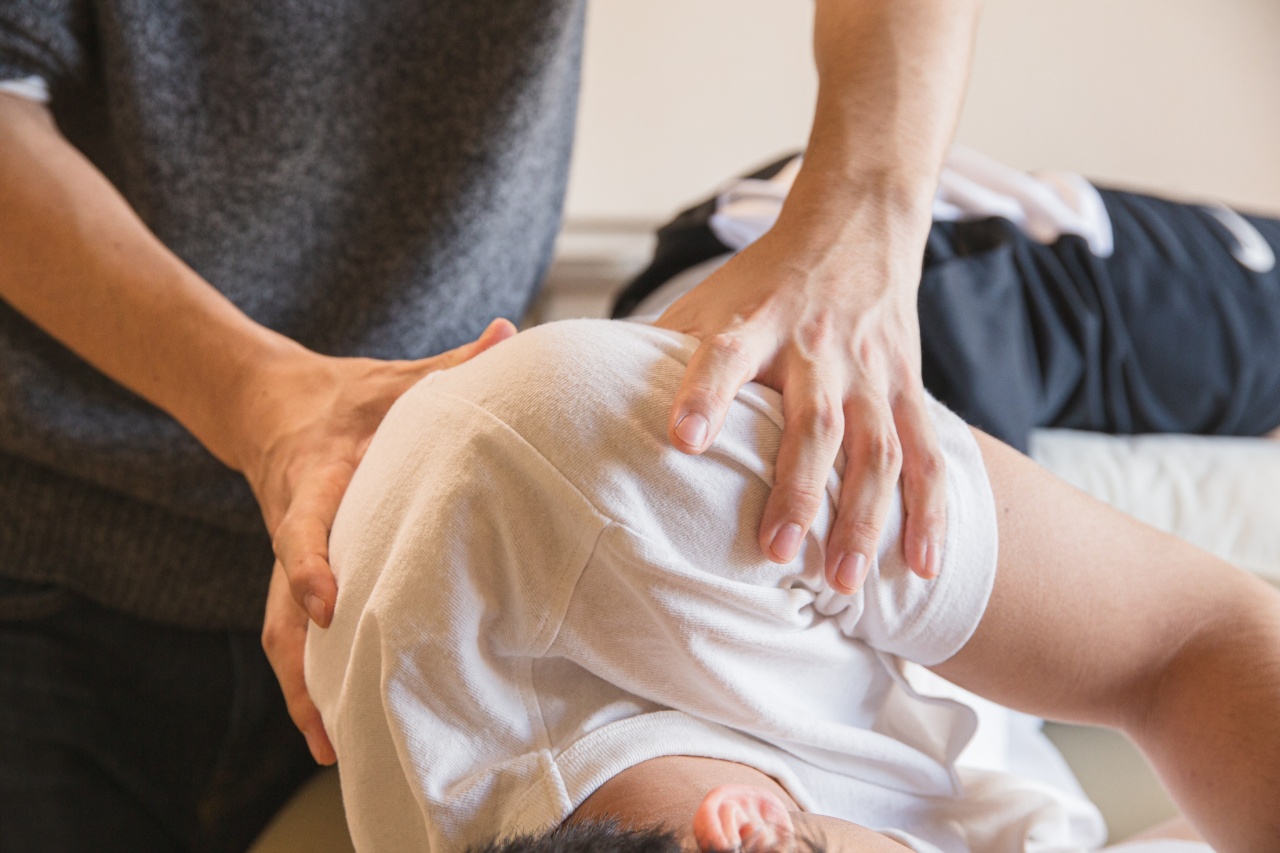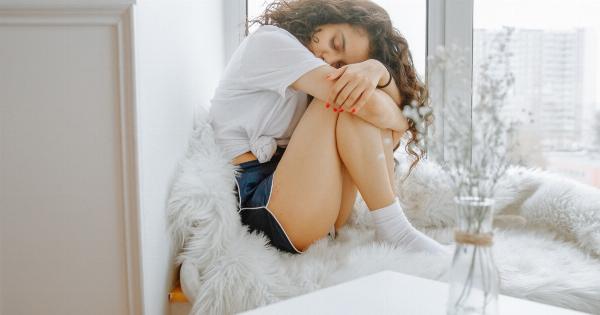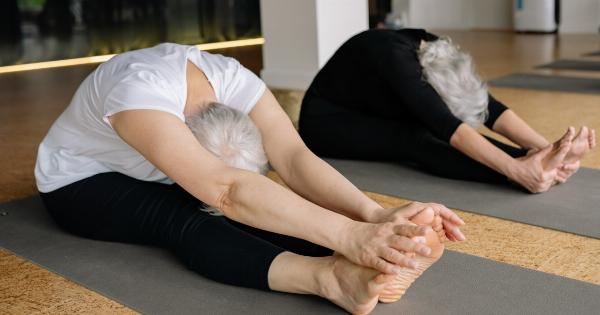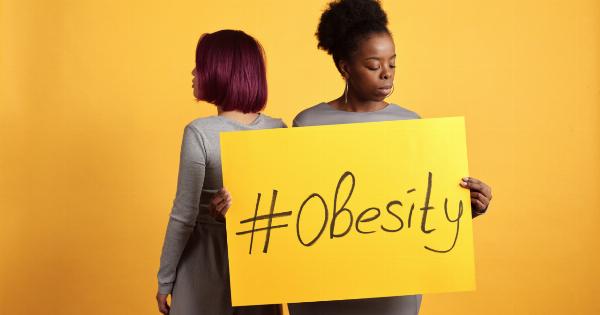Period pain can be excruciating and can affect women in different ways. While some may experience mild discomfort, others may have severe pain that affects their daily activities.
Although there are various medications available for pain relief, exercising can help reduce pain naturally. Below are two easy exercises that can help with period pain relief:.
1. Pelvic Floor Exercises
The pelvic floor comprises muscles, ligaments, and tissues that support the uterus, bowel, and bladder. Pelvic floor exercises, also known as Kegels, can help with pain relief during periods.
The exercises strengthen the muscles around the uterus, allowing for better blood flow and less discomfort.
To perform the exercise, follow these steps:.
- Identify the pelvic floor muscles by squeezing the muscles that help you stop urinating midstream.
- Tighten your pelvic floor muscles and hold for five seconds.
- Relax the muscles for five seconds.
- Repeat the exercise ten to fifteen times.
Doing the exercise regularly can help prevent bladder leaks and improve sexual function. It also reduces the risk of developing pelvic organ prolapse or a condition where the pelvic organs move out of place.
2. Low-Impact Aerobic Exercise
Low-impact aerobic exercises such as walking, swimming, and cycling can help reduce period pain. These exercises increase blood circulation and release endorphins, which are natural painkillers.
The exercise also helps to reduce stress levels, which can worsen menstrual cramps and pain.
To get the most out of low-impact aerobic exercises, start with few minutes of warm-up exercises to prepare your muscles. After that, do the following exercises:.
- Walking – Start with a gentle pace, and gradually increase the speed. Walk for at least thirty minutes a day.
- Swimming – Do a few laps around the pool, and take breaks as needed. You can also try aqua aerobics, which combines swimming and aerobics.
- Cycling – Either cycle outside or on an exercise bike. Start with a low resistance and gradually increase it. Cycle for 30 minutes to one hour a day.
It’s important to note that high-impact exercises, such as running, jumping, and dancing, can worsen menstrual pain and should be avoided during your period.
Conclusion
Period pain can be challenging to manage, but exercise can help alleviate discomfort and pain. Pelvic floor exercises and low-impact aerobic exercises are two easy exercises that can help with period pain relief.
Incorporating exercise into your daily routine can not only help reduce pain, but also improve your overall health and well-being.































